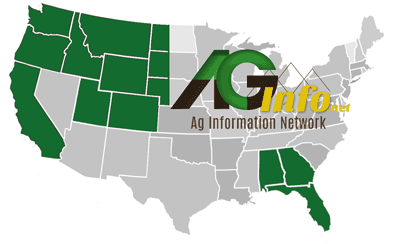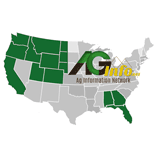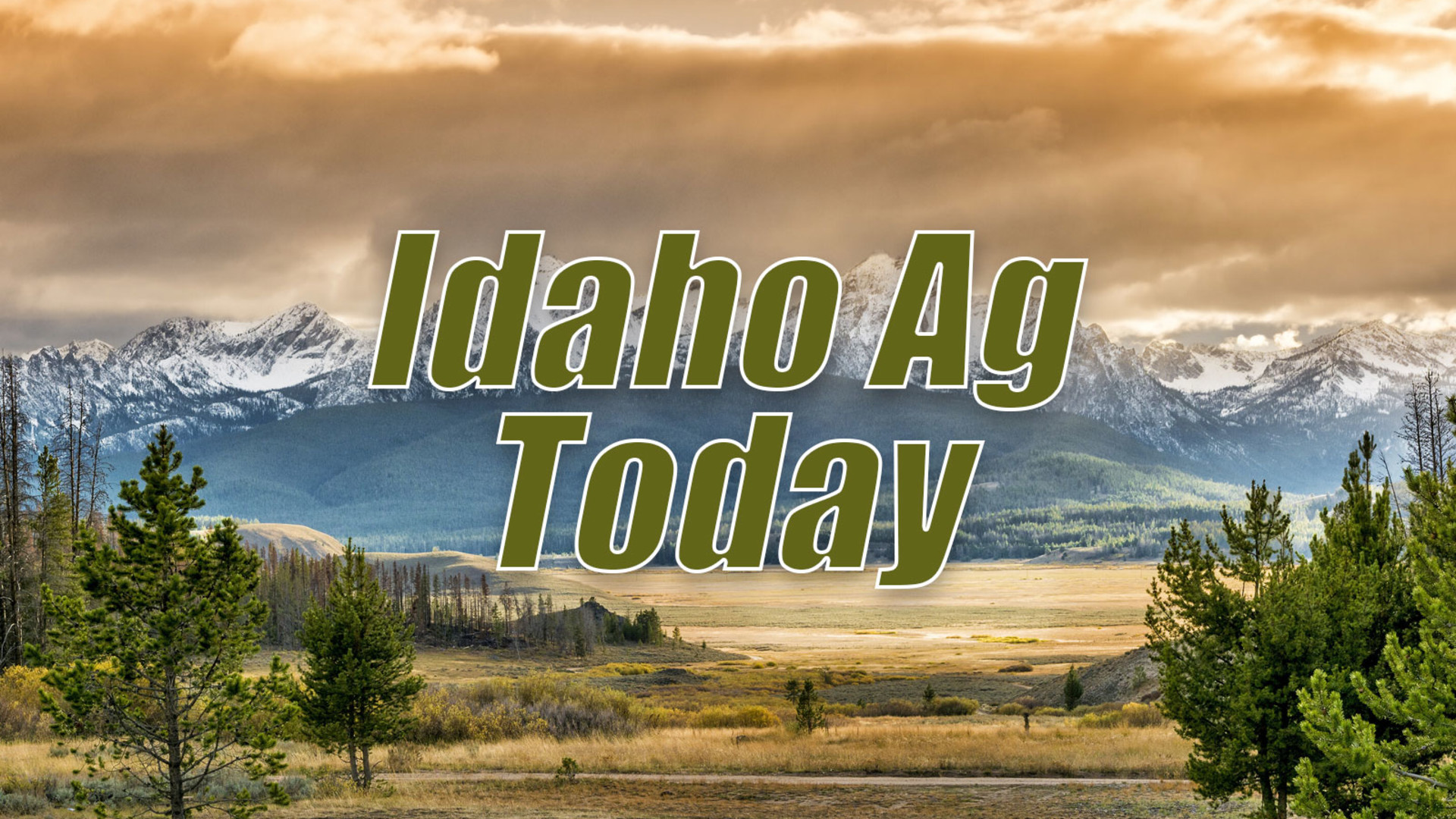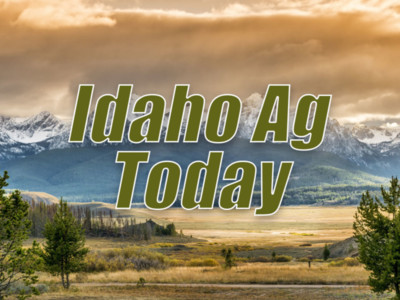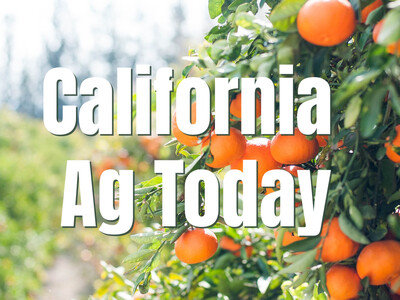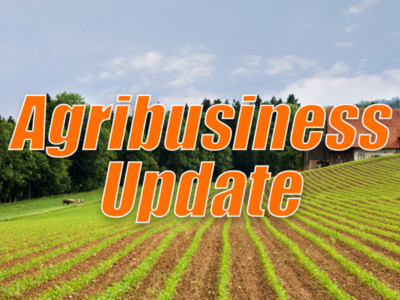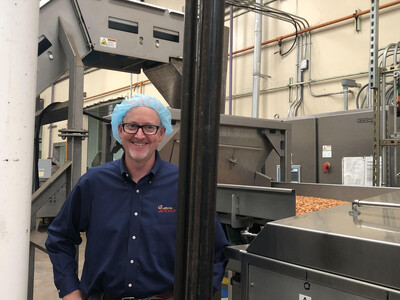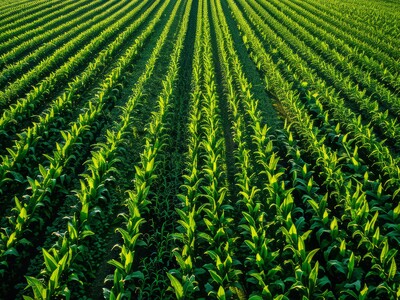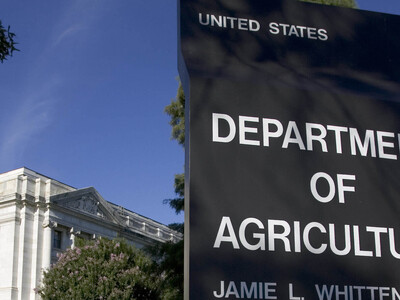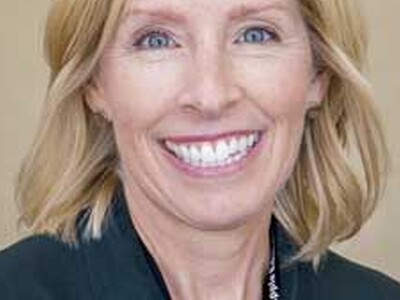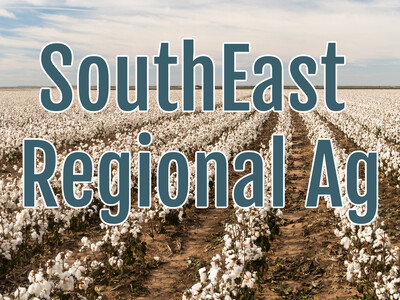PCN release
First-ever Idaho spud field released from PCN programIt took a lot of time, toil and tears, but it’s finally happened: the first field has been released from the Idaho pale cyst nematode (PCN) quarantine program.
USDA announced July 2 that it has deregulated a 120-acre field near Shelley from the state’s pale cyst nematode program.
The announcement came as welcome news to the handful of Idaho potato growers who have had their fields included in the PCN quarantine since 2006, when pale cyst nematode was first discovered in a field near Shelley.
“The fact that we had a field … taken out of the quarantine is a huge deal for our industry and shows that things are moving in the right direction,” said Idaho Potato Commission CEO Jamey Higham.
A serious invasive pest in potatoes, PCN is a tiny roundworm that feeds off potato plant roots and can cause major yield loss. It is considered a quarantine pest by close to 80 nations.
It is not a human health threat.
To date, it is not known how it made its way to Idaho or when it first appeared here.
The released field is owned by Idaho Farm Bureau Federation President Bryan Searle, a Shelley area potato farmer.
“This is historic, in my opinion,” he said about the first release of a field from the PCN program. “It’s quite a deal.”
When PCN was first detected in Idaho, USDA’s Animal and Plant Health Inspection Service set up a PCN quarantine around an 8.5-mile radius in southeast Idaho to prevent its spread.
The federal agency said the quarantine program was necessary to convince trading partners who closed their door to Idaho or U.S. potato exports following the discovery to reopen their borders to U.S. spuds.
Growers in the quarantine zone set up by APHIS face strict testing and phytosanitary requirements.
A total of 6,315 acres are regulated under the PCN program, including 3,420 acres that are considered infested and 2,895 acres that are regulated due to associations with infested fields.
A decade ago, Searle led a group of East Idaho farmers to Boise to plead with state legislators for help from some of what they said were overburdensome and unwarranted quarantine zone regulations.
A group of 15 potato farmers affected by the quarantine filed a federal lawsuit in 2015 that claimed USDA’s Animal and Plant Health Inspection Service developed the PCN quarantine program without the proper public notice or input.
District Court Judge Edward Lodge agreed that APHIS violated the rulemaking requirements of the Administrative Procedure Act.
But he declined to vacate the quarantine program and its regulations, saying that could seriously disrupt and harm the state and country’s potato industry.
“The consequences that would likely result from vacating or enjoining the (PCN quarantine program) will have significant immediate and long-term consequences to both the state of Idaho as well as the United States as a whole,” Lodge wrote.
Now, 19 years after Idaho’s PCN program and quarantine zone were put in place, the first field has been released from it.
To be released from the program, a field must pass a series of tests to ensure PCN has been eradicated from the soil.
“It’s been 13 years since the field was confirmed to be infested with PCN. Since then, the field has been subject to strict cleaning and sanitation practices … and restrictions regarding growing PCN-host plants,” Acting APHIS Deputy Administrator Matt Rhoads said in a news release. “We are excited to release this field from regulation and want to the thank the field owners for their perseverance and diligence in achieving this significant milestone.”
It hasn’t been easy and the journey has been a long and difficult one, but there is now light at the end of the tunnel, Searle said. He hopes the same protocols that were used to help his field be the first to exit the program can be applied to other growers' fields that remain in the quarantine.
Searle said this solution was accomplished by working with outside sources and trying a variety of products and approaches.
“Do we have the exact solution? I hope so,” he said. “We’re hopeful that this solution also works in other growers’ fields and they can be released from the program as well.”
Searle said the achievement was the result of a lot of good minds working together to finally come up with a viable solution.
He said research done by University of Idaho scientists was a big help and he also credited the Idaho State Department of Agriculture, his long-time crop consultant – Gary Farmer – and others.
“Kudos to all the brilliant minds that worked together on this and made it happen,” he said. “We thought outside the box and looked for all kinds of options. Ray [his son] and I feel like we have finally found a way forward.”
